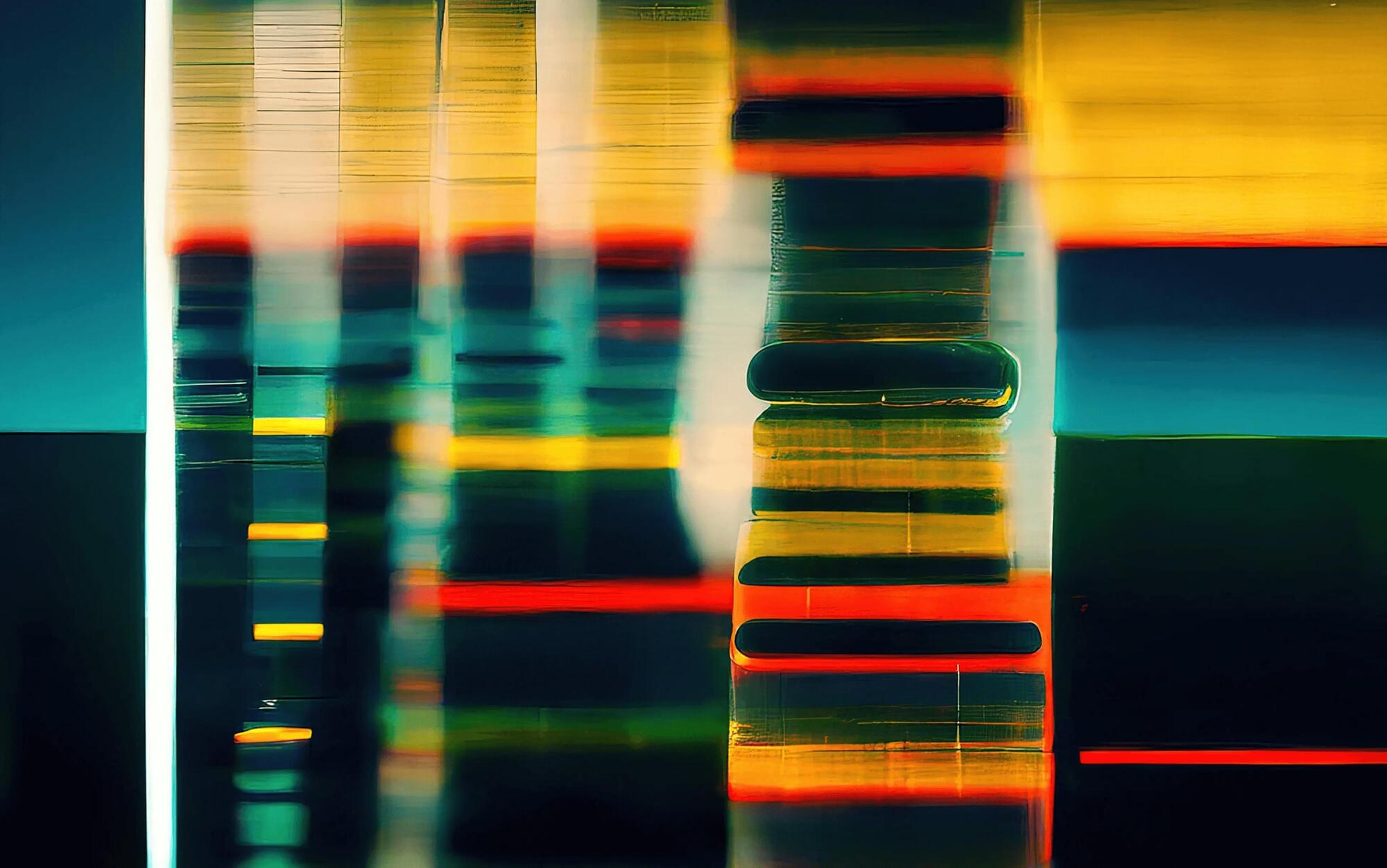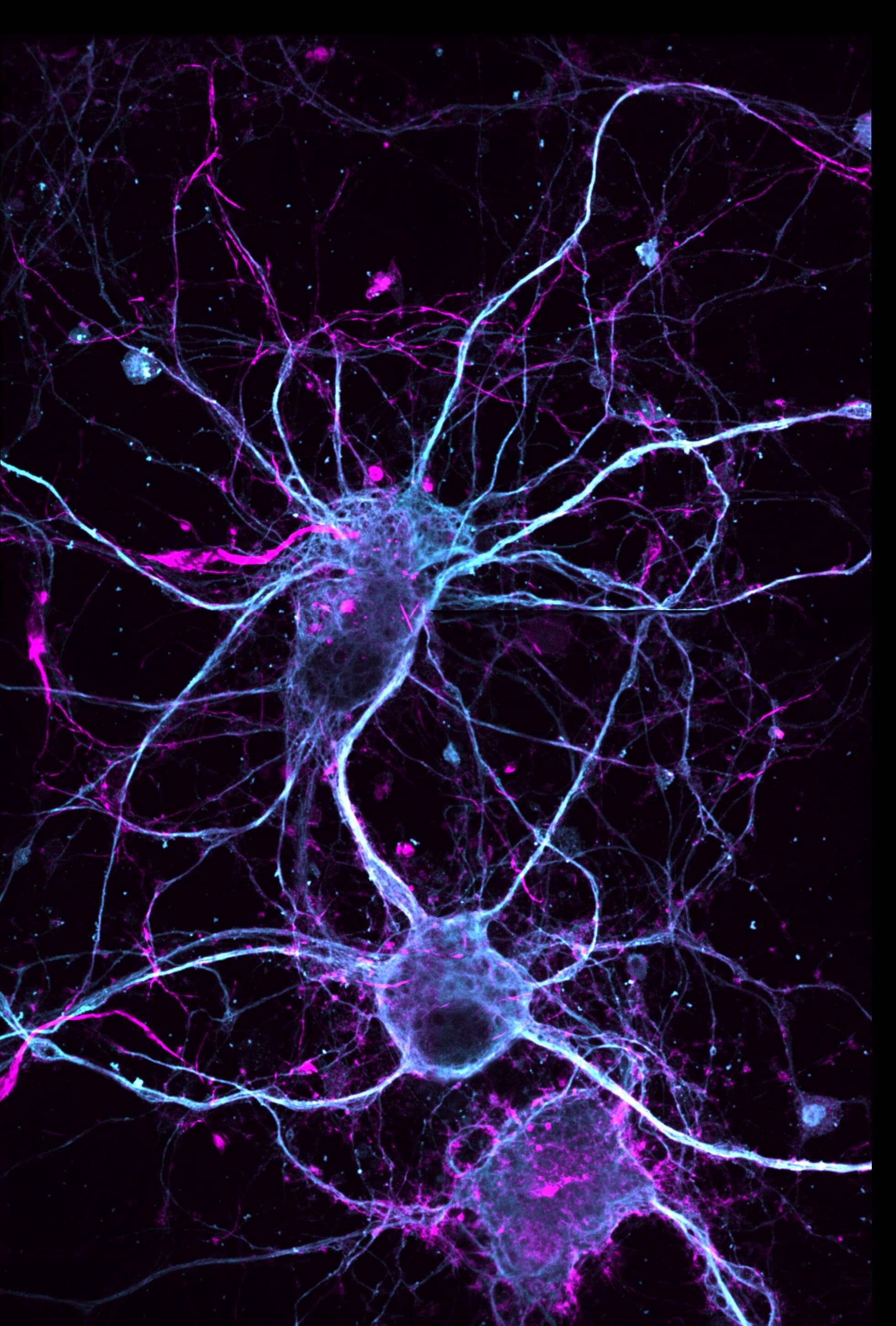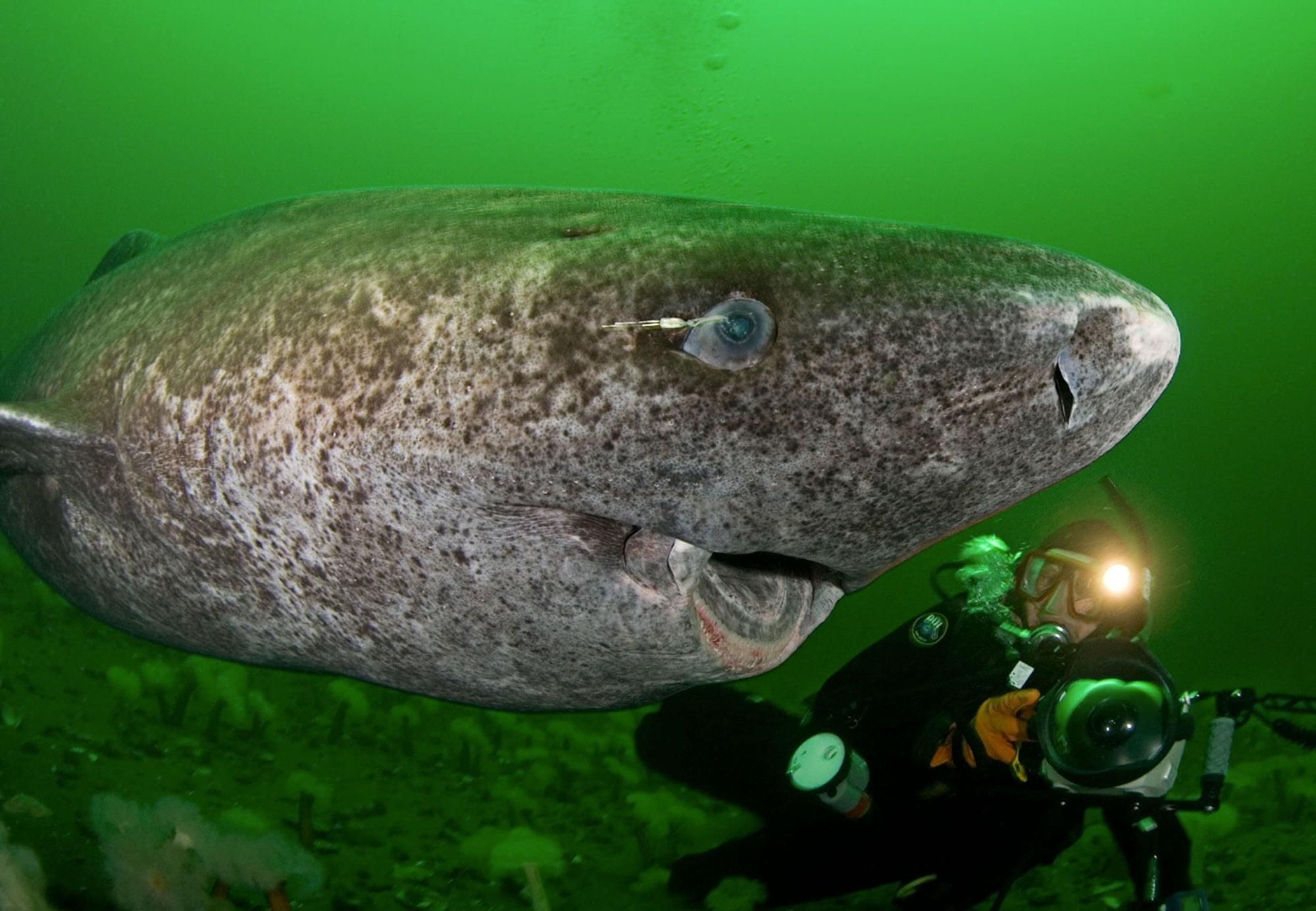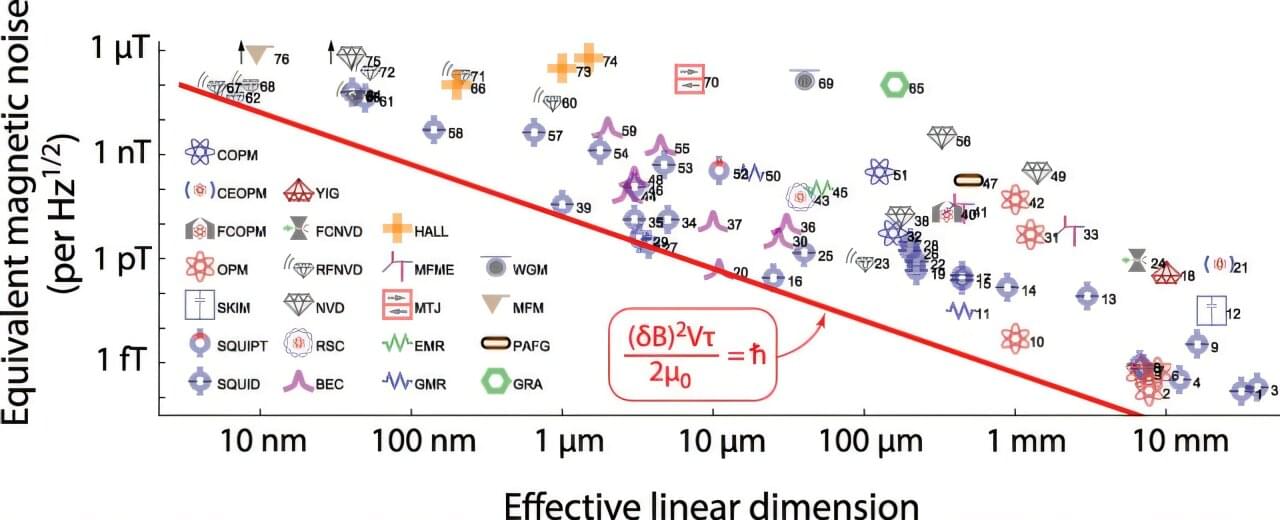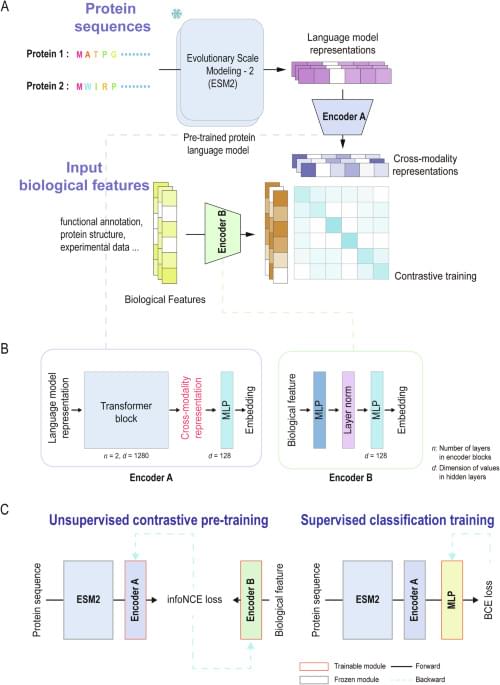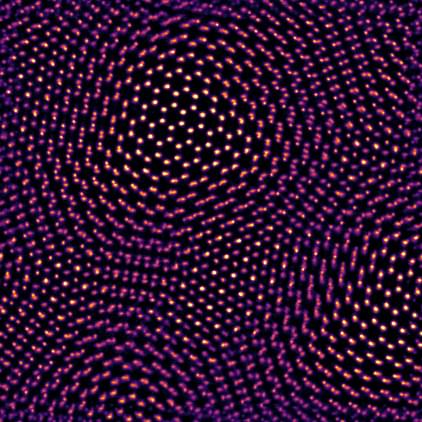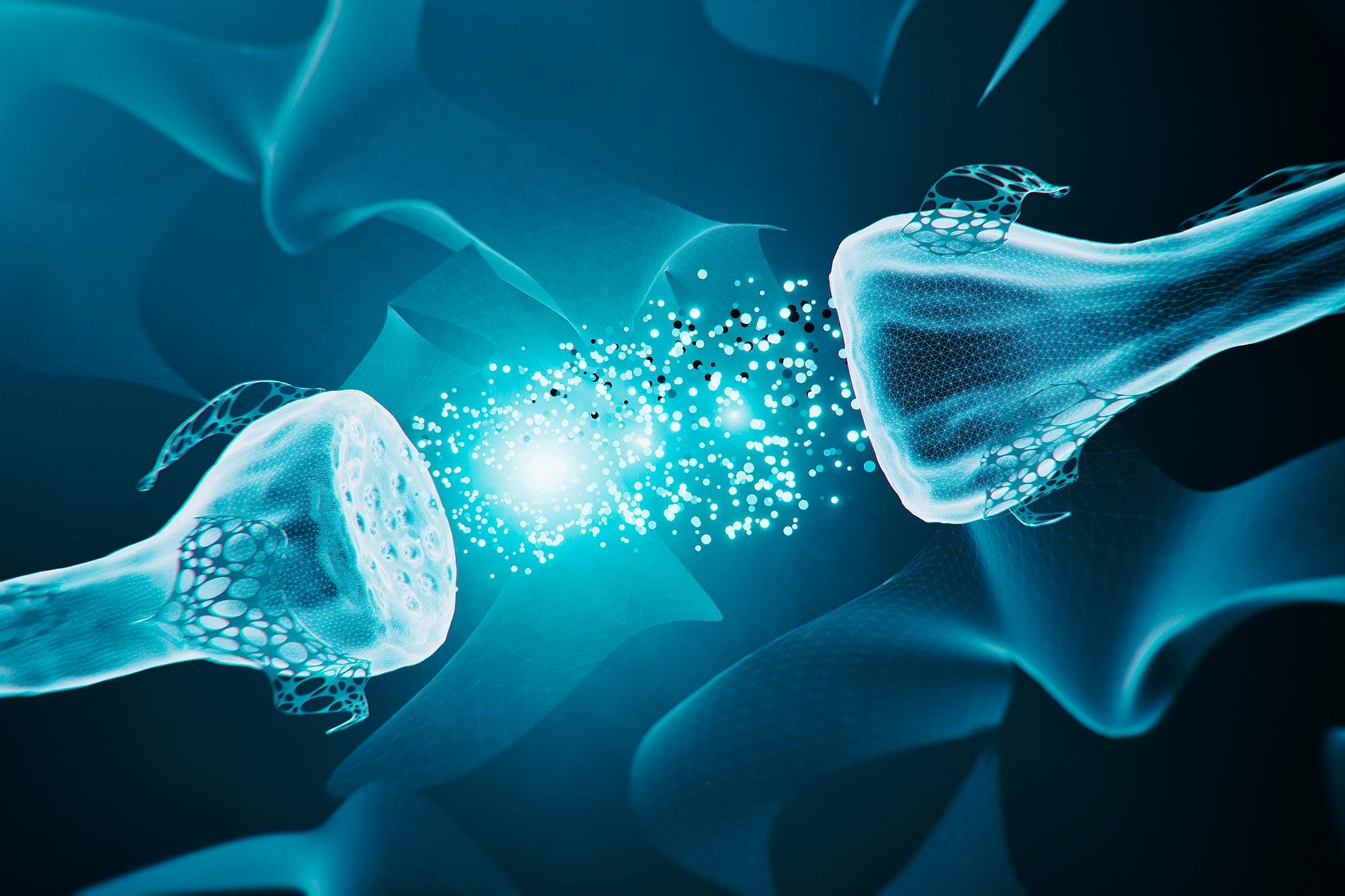Y ou could be forgiven for thinking that the turn of the millennium was a golden age for the life sciences. After the halcyon days of the 1950s and ’60s when the structure of DNA, the true nature of genes and the genetic code itself were discovered, the Human Genome Project, launched in 1990 and culminating with a preliminary announcement of the entire genome sequence in 2000, looked like – and was presented as – a comparably dramatic leap forward in our understanding of the basis of life itself. As Bill Clinton put it when the draft sequence was unveiled: ‘Today we are learning the language in which God created life.’ Portentous stuff.
The genome sequence reveals the order in which the chemical building blocks (of which there are four distinct types) that make up our DNA are arranged along the molecule’s double-helical strands. Our genomes each have around 3 billion of these ‘letters’; reading them all is a tremendous challenge, but the Human Genome Project (HGP) transformed genome sequencing within the space of a couple of decades from a very slow and expensive procedure into something you can get done by mail order for the price of a meal for two.
Since that first sequence was unveiled in 2000, hundreds of thousands of human genomes have now been decoded, giving an indication of the person-to-person variation in sequence. This information has provided a vital resource for biomedicine, enabling us, for example, to identify which parts of the genome correlate with which diseases and traits. And all that investment in gene-sequencing technology was more than justified merely by its use for studying and tracking the SARS-CoV-2 virus during the COVID-19 pandemic.
